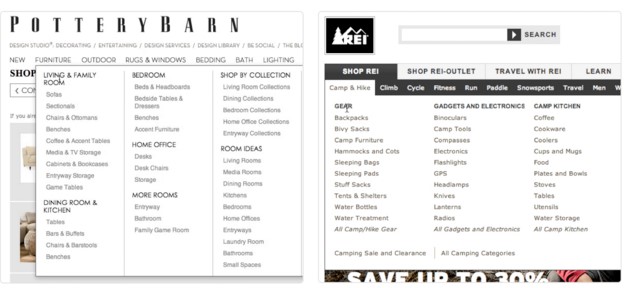You, me and the whole world. We are checking into more online stores than thinking of going to a nearby convenience store. Online shopping has not only caught the wildest imaginations of the world but has also become a habit for many.
From books to doormats, everything is available online. The eCommerce industry as a whole is pegged to touch Trillions in market size. But, for someone who is taking the first step into the eCommerce industry, it is quite a mess. It is an ocean where everything seems complicated.
This post is an attempt to unravel that complexity. We make it simple for you to launch your eCommerce store successfully. Consider this a broad framework or a roadmap that you can follow to stay on track of the successful launch.
Before everything else, purchase a website domain from your online store.

Purchase Domain
A domain name is your slice of the Internet in your name. Your online store needs to have a domain name that is unique, memorable and something that can be turned into a brand. Don’t expect your customers to go to Google and search for your store name. A catchy domain name makes that easy.
You can get a domain easily by heading to domain hosting providers. The Great news is that you can get annual domain hosting at the lower price. In fact, search further and you might even get readymade templates that will help you setup your domain best suited to your business needs.
Choose eCommerce Platform
An eCommerce platform is a foundation upon which your store will be built. It is the backend where all orders, product categories, and every single transaction of your business will be transacted on a daily basis.
There are free considerations you need to bear in mind while choosing an eCommerce platform for your business. They include:
- Deployment time – Time required to implement it?
- Scalability – Can it be scaled dynamically and cost-effectively as and when business volumes increase?
- Technology – Does it run on the latest technology to give a competitive edge?
- User-centric – Does the platform deliver a user-centric user experience?
- Cost – Is it affordable? Does it require a lock-in period? Does it offer a Pay-As-You-Use model?
Checking these considerations will help you pick an eCommerce platform that is best suited to your business needs.
Set up SSL Certificate
One thing that everybody who owns an online store never tells is the security risks involved in it. No matter how careful you are, hackers can make away with your data as well your organizational data in no time.
There is one more risk which is, even more, grave than your customer data. That is, your customer information like credit card data, name, address and other personal details which should never go public. You need to ensure that customers can transact safely with your store without fear of security.
It is here that an SSL certificate comes into play. An SSL certificate like a Comodo Positive SSL Wildcard helps encrypt the data in your online store. It secures the entire domain as well as the sub-domains attached to the website ensuring that the data in its actual form is never available to hackers.
A Wildcard SSL Certificate is necessary for the subdomain security and you can customize any domain or subdomain using the asterisk character. Something like the Comodo Wildcard SSL is fair enough to take care of your eCommerce security needs. Also, they give trust seals or badges which you can display on your checkout pages to assure customers that their payment data is safe from any form of cyber attacks.
Design Your Website
When I say design, there are two sides to it. One, how your website looks and appeals to your store visitors. Second, how the products, categories and overall store user experience is designed for maximum conversions.
User experience is a make or breaks factor in conversions. If your store does not show the products clearly or has some distracting element that is making the user experience bad, there is a large chance that visitors will soon chuck away from your store without buying anything.
Also, your online store needs to have a mobile-responsive design so that even mobile users can use the store efficiently and make purchases without any difficulty.
Categorize Products
The product categorization and your overall store schema have a major role to play in your store. The categorization must be done in such a way that customers can easily select and click on the products that they need the most without having to go about in the store in loops.

See image above. The product categories have a main category which steps out into sub-categories and ultimately lead to the product pages. No confusion whatsoever.
Charting our product category in an elegant manner will lead to greater benefits. One among them is SEO. Search engine bots will comb through the content you have put up for each product and index them to deliver as a result when a user makes a related search query on the Internet.
Integrate Payment Gateway
An online store does not become an Internet business without payment gateway integrations. Payment integrations ensure that whatever credit or debit card choice your customer wants to pay with, they can to do it. So make sure you integrate as many as payment integrations to the store.
Also, set up multiple modes of payment too, just in case, customers prefer paying using digital wallets, promo codes, vouchers and so on. The idea is to make it easy for them to buy from your online store. That helps boost conversions to a whole new level.
Prepping For The Launch
In case you don’t have an offline marketing campaign lined up, ensure that you are using social media to your leverage. It is a perfect platform to prep for your launch. It ensures that your online store gets maximum online visibility. Where there is visibility, there are more visitors, and when there are more visitors, conversions are bound to happen.
So, that is a quick snapshot of how you can go from planning to launching your online store. Let us know if you have anything more to add to this.

